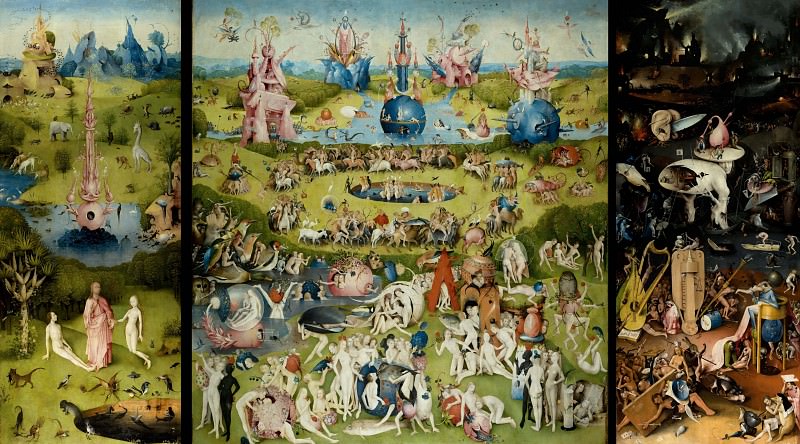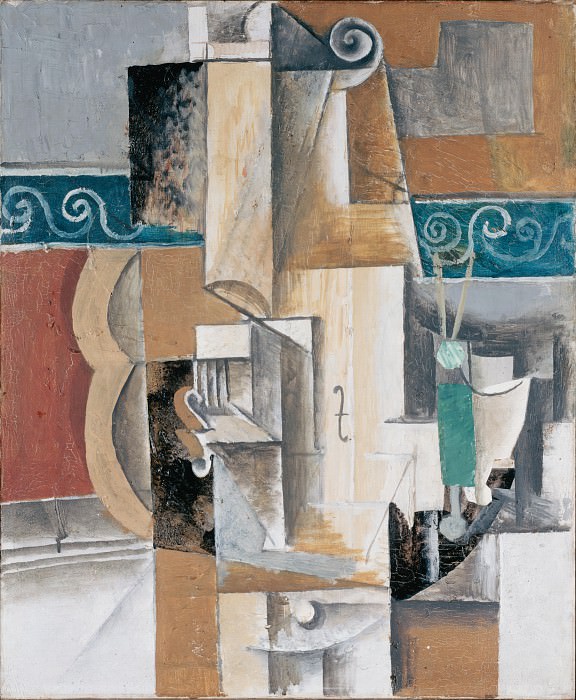Robert Irwin Art: A Comprehensive Exploration
Introduction to Robert Irwin
Robert Irwin stands as a pivotal figure in the realm of contemporary art, celebrated for his innovative contributions to the field of installation art. His works are marked by a profound engagement with the viewer’s experience, challenging traditional boundaries and reshaping our understanding of spatial aesthetics. Born in 1928 in Long Beach, California, Irwin's artistic journey has been defined by a continuous exploration of light, perception, and environment, which has led him to become one of the leading figures in the development of site-specific art.
Early Influences and Artistic Development
Irwin’s early career was deeply influenced by his surroundings and personal experiences. He initially studied at the Chouinard Art Institute in Los Angeles, where he was exposed to the vibrant art scene of the 1950s. During this period, he experimented with various artistic forms and media, which laid the foundation for his later work. His early pieces were characterized by a more traditional approach to painting, but it was his growing interest in the interaction between art and environment that would define his future trajectory.
The 1960s marked a significant turning point in Irwin’s career. During this decade, he began to shift his focus from traditional painting to more experimental forms of art. His work became increasingly concerned with how art interacts with and transforms its surroundings. This period saw Irwin’s involvement in the development of the Light and Space movement, alongside other influential artists like James Turrell and Donald Judd. The movement was characterized by a focus on sensory experiences and the perception of light and space, themes that would become central to Irwin’s work.
The Emergence of Site-Specific Art
Robert Irwin’s transition to site-specific art marked a profound evolution in his creative practice. This approach involves designing art installations that are inherently linked to their specific locations, thus altering the viewer’s experience of the space. Irwin’s site-specific works are distinguished by their meticulous consideration of environmental factors, including light, space, and the physical context in which they are presented.
One of Irwin’s seminal works in this genre is his installation at the Guggenheim Museum in New York. This piece, created in 1969, involved the strategic placement of mirrors and lights to alter the perception of the museum’s iconic spiraling gallery. By manipulating the interplay of light and shadow, Irwin transformed the space into a dynamic and immersive experience. This work exemplifies his commitment to exploring the relationship between art and its environment, inviting viewers to engage with the space in a new and profound way.
Innovations in Light and Space
Irwin’s exploration of light as a central element in his art has been instrumental in defining his artistic identity. His use of light is not merely decorative but serves to challenge and expand the viewer’s perception. Irwin often employs natural and artificial light in ways that blur the boundaries between the artwork and its surroundings, creating a seamless integration of the two.
One notable example of this is Irwin’s "St. Peter’s" installation at the Smithsonian American Art Museum. For this project, Irwin designed a series of light panels that respond to the natural light entering the gallery. The panels shift and change throughout the day, creating an evolving visual experience that engages viewers with the passage of time. This work highlights Irwin’s ability to manipulate light to create an ever-changing dialogue between the artwork and its environment.
The Concept of Perception
A central theme in Robert Irwin’s art is the concept of perception. Irwin is deeply interested in how we perceive and interpret the world around us, and his work often seeks to challenge and expand these perceptions. His installations frequently incorporate elements that alter the viewer’s spatial awareness and sensory experiences, inviting them to question their understanding of the environment.
Irwin’s approach to perception is closely linked to his background in philosophy and psychology. His work reflects a deep engagement with ideas about consciousness and awareness, and he often employs techniques that encourage viewers to reflect on their own perceptual processes. This focus on perception is evident in many of Irwin’s projects, from his early paintings to his more recent site-specific installations.
The Legacy of Robert Irwin
Robert Irwin’s impact on the art world extends far beyond his own artistic creations. His innovative approach to installation art and his contributions to the Light and Space movement have had a lasting influence on contemporary art practices. Irwin’s work has inspired numerous artists and continues to be a source of inspiration for those exploring the relationship between art, space, and perception.
In addition to his artistic contributions, Irwin’s teaching and mentorship have played a significant role in shaping the careers of emerging artists. His involvement in academic institutions and his commitment to sharing his knowledge and experience have helped to foster a new generation of artists who are exploring similar themes and approaches in their own work.
Conclusion
Robert Irwin’s art represents a profound exploration of light, space, and perception. His innovative approach to site-specific installations and his focus on sensory experiences have established him as a key figure in contemporary art. Through his work, Irwin challenges conventional notions of art and encourages viewers to engage with their environment in new and meaningful ways. His legacy continues to inspire and influence the art world, making him a significant and enduring figure in the evolution of modern art.




